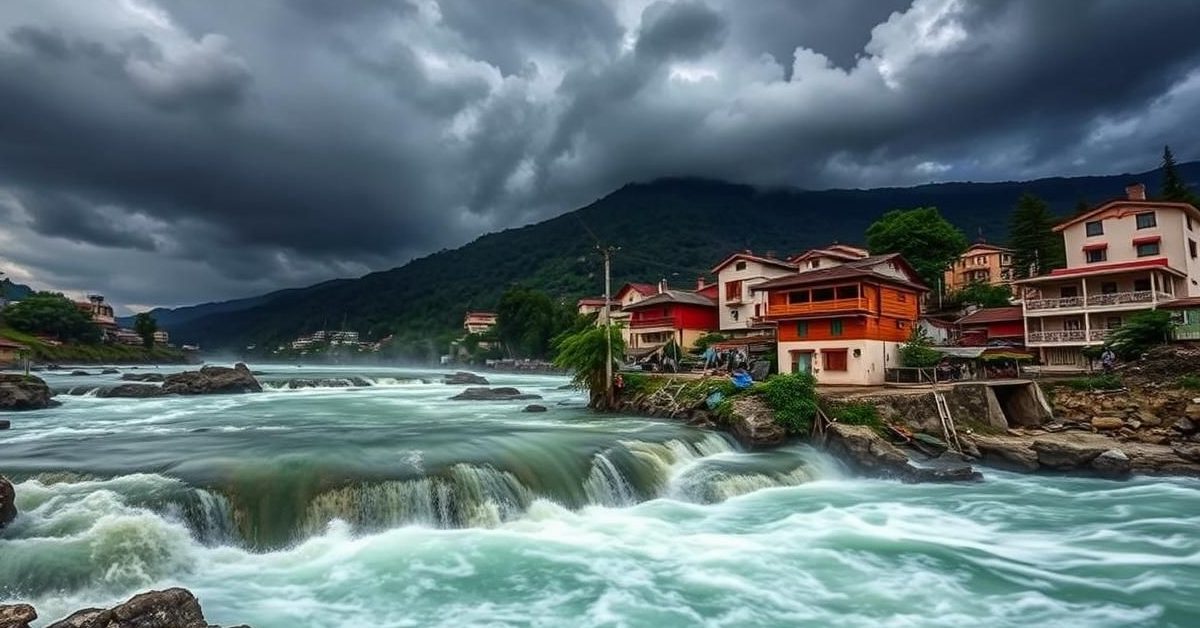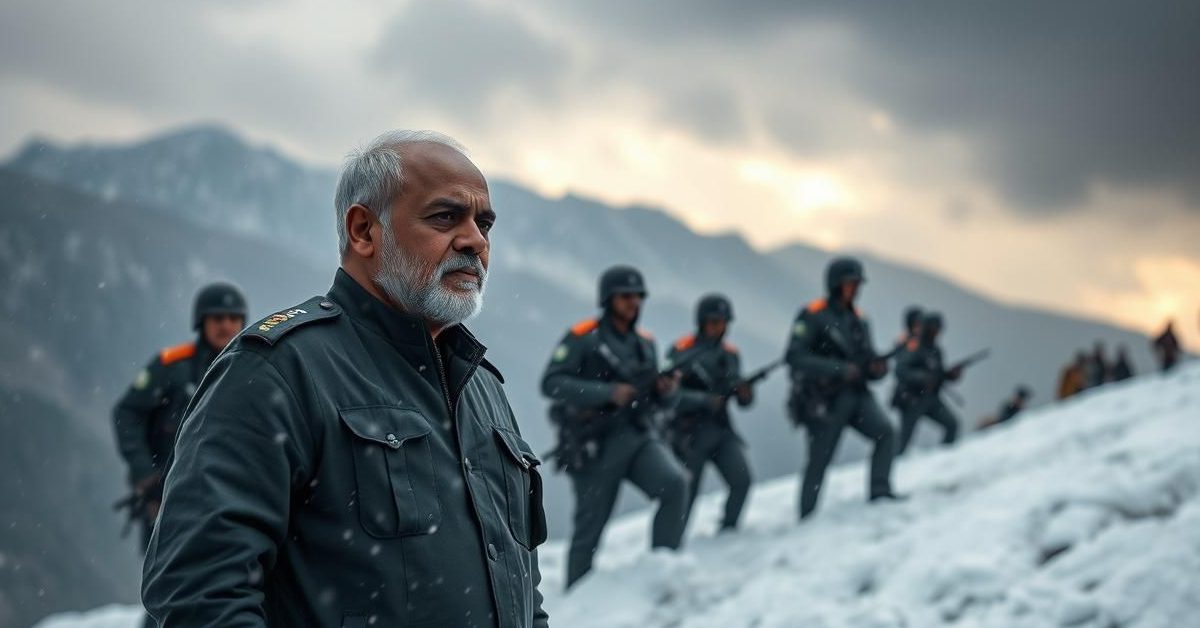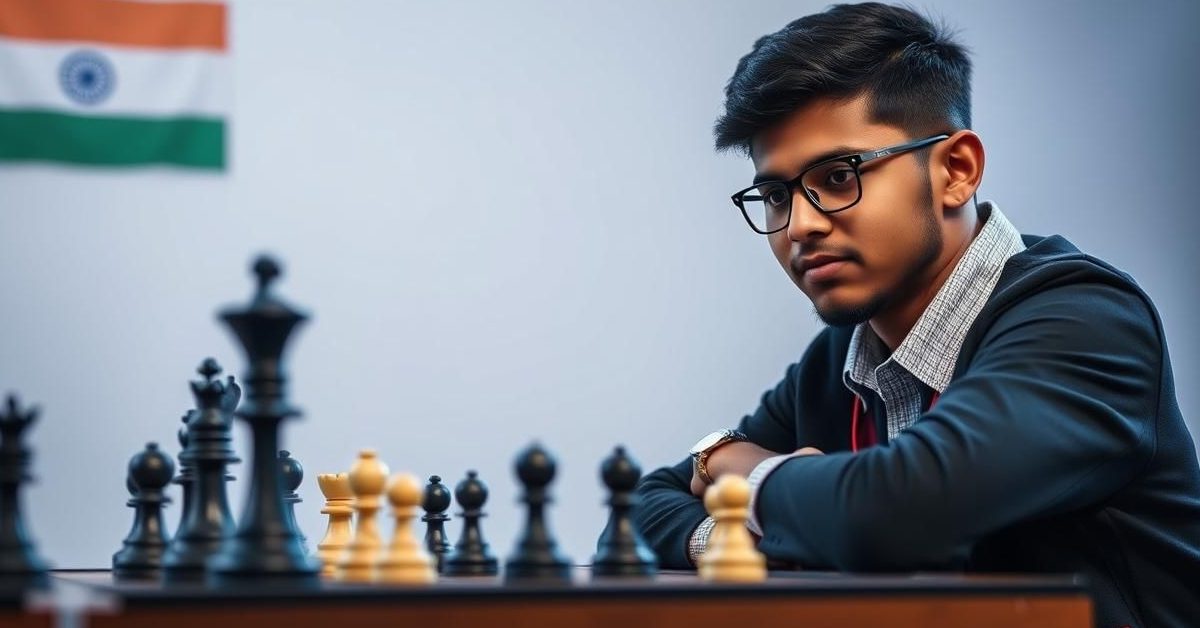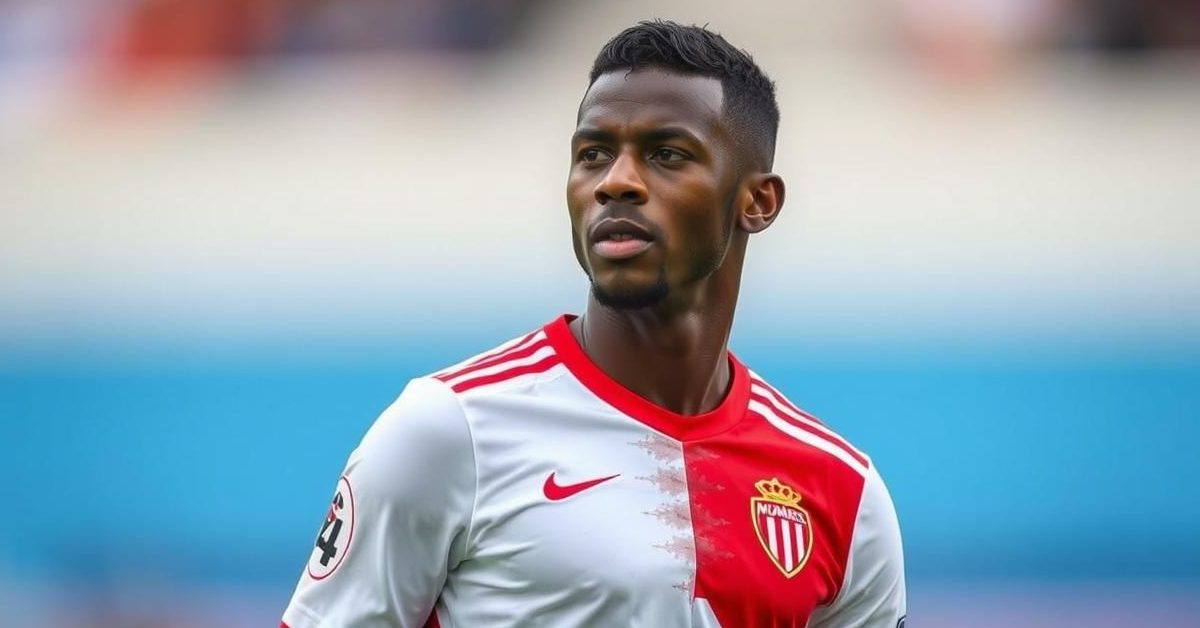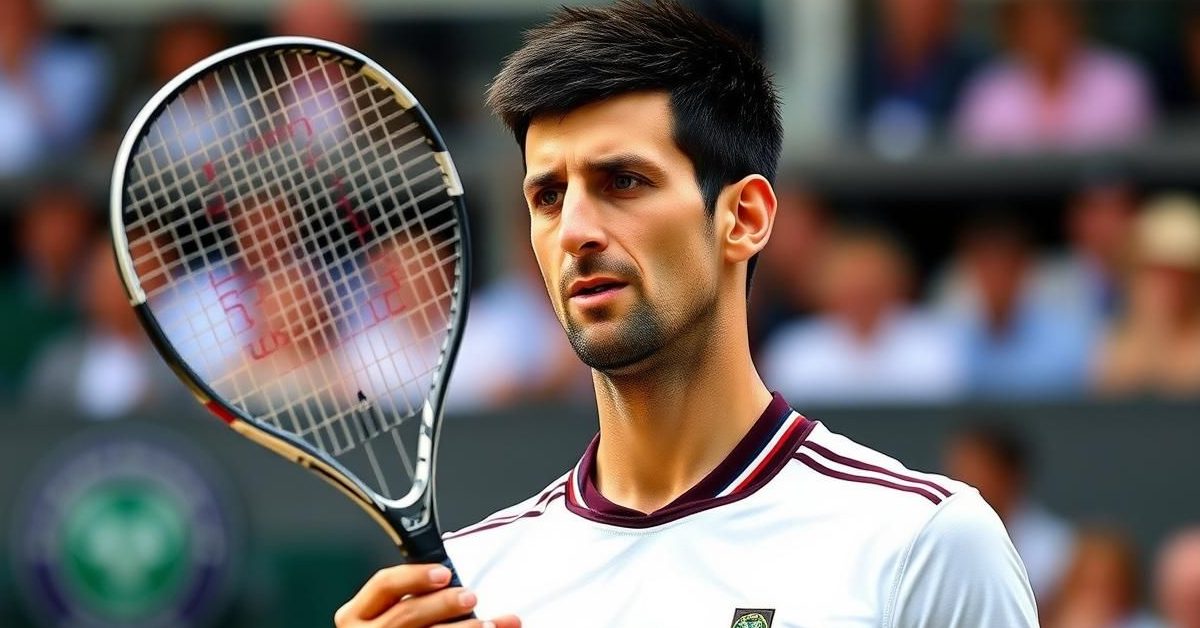India Stands Firm: SCO Meeting Highlights Deep Rifts on Terrorism
A stark diplomatic standoff unfolded at the recent Shanghai Cooperation Organisation (SCO) Defence Ministers’ meeting in Qingdao, China, as India’s Defence Minister, Rajnath Singh, firmly rejected the draft joint statement. The reason? A glaring omission: the April 22 Pahalgam terror attack in Jammu and Kashmir, while paradoxically mentioning “disturbances in Balochistan.” This act underscores India’s unwavering stance against selective condemnation of terrorism, demanding a unified global front.
The failure to issue a joint statement from a 10-member group, representing approximately 40% of the world’s population and 30% of global GDP, signals a worrying divergence within the SCO. Despite the organization’s founding principles in 2001, which emphasize “mutual intraregional efforts to curb terrorism, separatism and extremism,” the silence on Pahalgam raised eyebrows, especially considering China held the SCO chair for 2025 and recent efforts to mend India-China ties following the 2020 border standoff.
Minister Singh powerfully articulated that modern challenges like transnational terrorism, cyber-attacks, and hybrid warfare know no borders. He stressed the urgent need for a cohesive, transparent, and trust-based international response. This principled refusal came weeks after “Operation Sindoor,” India’s May 7 counter-terrorism strikes in Pakistan and Pakistan-Occupied Kashmir (PoK) following the Pahalgam incident, demonstrating India’s proactive approach to national security.
On the sidelines, Singh held crucial bilateral talks with his Russian counterpart, Andrey Belousov, and China’s Admiral Dong Jun. All eyes now turn to the upcoming SCO Foreign Ministers’ meeting in July and the SCO Summit in August-September, hoping these forums can bridge the chasm and address India’s deeply held concerns amidst an already tense geopolitical landscape.
Middle East Teeters: Israel-Iran Ceasefire Holds, But Nuclear Tensions Soar
A fragile ceasefire between Israel and Iran, enduring after 12 days of intense conflict, has brought a precarious calm to West Asia. Yet, beneath the surface, profound uncertainty festers, particularly around Iran’s nuclear ambitions. Tehran’s ominous hint at suspending cooperation with the UN nuclear watchdog, the International Atomic Energy Agency (IAEA), sends shivers across the globe. Adding to the tension, former US President Donald Trump stated he would “absolutely” consider further attacks to dismantle Tehran’s nuclear weapons program.
The true extent of damage to Iran’s key nuclear sites – Fordow, Natanz, and Isfahan – following “Operation Midnight Hammer” remains shrouded in conflicting reports. Initial assessments suggested a setback of mere months, sharply contrasting Trump’s assertion that the sites were “obliterated” and the program was set back by decades. However, in a significant shift on June 25, Iran’s Foreign Ministry spokesperson Esmail Baghaei acknowledged to *Al Jazeera TV* that US strikes had indeed “badly damaged” their nuclear installations, calling it a “detrimental blow” to international law and the Nuclear Non-Proliferation Treaty (NPT).
A bill recently approved by Iran to suspend cooperation with the IAEA raises critical questions about the status of its 400 kg of enriched uranium – material sufficient for nearly 10 nuclear bombs – and the condition of its advanced centrifuges. Without IAEA inspectors, the international community remains largely in the dark.
Despite a clear power imbalance, Iran’s battle-hardened leadership appears resolute. Supreme Leader Ayatollah Ali Khamenei remarkably claimed victory in the recent 12-day confrontation with Israel. Experts like Iranian-American academic Vali Nasr suggest that Iran, feeling locked in an existential struggle with Israel and the US, might see acquiring nuclear weapons as its only viable deterrent. The recent conflict exposed vulnerabilities in Israel’s much-lauded air defense systems and highlighted the sheer futility of war in achieving regime change or a complete nuclear rollback, underscoring the urgent, albeit difficult, need for renewed diplomatic efforts.
Gaza’s Despair: Calls for Ceasefire Amidst Horrific Humanitarian Crisis
As the world recoils from the escalating humanitarian catastrophe in Gaza, former US President Donald Trump optimistically suggested a ceasefire between Israel and Hamas could be achieved within a week. This statement comes amidst mounting international condemnation of Israel’s actions and horrifying reports of starving Palestinians being killed near aid distribution points.
Al Jazeera reported revelations in Israeli media indicating that soldiers were allegedly ordered to “deliberately shoot” civilians seeking aid – a claim Gaza’s Government Media Office immediately labeled as further evidence of “war crimes.” While Israeli Prime Minister Benjamin Netanyahu and Defence Minister Israel Katz have vehemently denied these reports, the grim reality persists. Gaza’s Health Ministry reports almost 550 Palestinians killed near aid sites operated by the US- and Israel-backed Gaza Humanitarian Foundation (GHF) since Israel partially eased its blockade in late May.
Philippe Lazzarini, head of the UN agency for Palestinian refugees (UNRWA), starkly described GHF aid distribution sites as “killing fields.” Chris Doyle, Director of the Council for Arab-British Understanding, echoed this, calling these centers “death traps” and stressing that UN and humanitarian groups had long warned against the “utterly wrong and unworkable” nature of GHF operations.
The health crisis in Gaza is dire, compounded by relentless restrictions on essential medical supplies and fuel, as highlighted by UNRWA. Gaza’s Health Ministry statistics paint a harrowing picture: at least 56,331 people killed and 132,632 wounded by Israel’s war. Conversely, 1,139 Israelis were killed during the October 7 attacks, and over 200 taken captive. Al Jazeera’s Nour Odeh, reporting from Amman, Jordan, noted the increased talk of a Gaza ceasefire following the Israel-Iran de-escalation, though Israeli leaders, particularly Netanyahu, risk much by agreeing to an end to hostilities. However, the path to normalization deals with Arab states, championed by the Trump administration, might necessitate some form of ceasefire agreement. Hamas, for its part, demands a complete cessation of Israel’s war, withdrawal of Israeli forces, and US guarantees for continued negotiations to prevent future ceasefire breaches.
NATO’s New Resolve: Higher Spending, Shifting Alliances
Under significant pressure from former US President Donald Trump and in the shadow of the Russia-Ukraine war, NATO leaders convened in The Hague, Netherlands, from June 24-25, making a pivotal decision: a commitment to raise defense spending to 5% of their countries’ economic output by 2035. This bold pledge underscores their “ironclad commitment” to Article 5, the bedrock “One for All, All for One” principle that defines NATO’s collective defense.
The 32 member nations endorsed the final summit statement, solidifying their promise to “invest 5 per cent of GDP annually on core defence requirements as well as defence- and security-related spending by 2035.” However, not all members were in lockstep. Spain, which allocated 1.24% of its GDP to defense in 2024, notably announced it would not adhere to this ambitious target, potentially inviting Trump’s ire and the threat of specific trade sanctions.
Founded in 1949 by 12 Western countries to counter the Soviet threat, NATO’s initial purpose, famously encapsulated by its first Secretary-General Lord Ismay, was “To keep the Americans in, the Russians out, and the Germans down.” While this formula served the post-War order, strategic thinkers like C. Raja Mohan argue that the present moment demands a radically different configuration.
Decades of animosity between the US and Russia have indeed upended NATO’s posture, particularly regarding Ukraine. Since 2022, every NATO summit has pledged aid to Ukraine in its conflict with Russia, with most member states viewing Russia as an immediate threat. Yet, Trump’s recent decisions to pause US military aid to Ukraine and rule out Ukraine’s NATO membership introduce a profound uncertainty. C. Raja Mohan posits that as Trump re-evaluates US relations with Russia and China, major European and Asian powers will be compelled to reassess their own great power dynamics, potentially looking beyond traditional US security alliances. This global recalibration coincides with critical trade negotiations between India and the US.
High Stakes Trade Talks: India and US Seek Breakthrough
With the crucial July 9 deadline for the reciprocal tariff pause fast approaching, Indian trade negotiators are in the United States for the final, intense round of discussions aimed at forging a comprehensive trade deal. The talks, however, face significant hurdles, with market access in the sensitive agricultural sector and other key areas remaining contentious sticking points.
Former President Donald Trump, on June 26, expressed optimism, remarking that the US and India might sign a “very big” deal that would “open up India.” However, sources privy to the developments suggest India may face heightened pressure to concede to US demands to avoid the re-imposition of reciprocal tariffs. Previous rounds of talks earlier this month yielded limited progress, largely due to a stalemate over the US’s push for increased market access for its agricultural products, particularly soya and corn.
Agricultural goods in India traditionally receive high protection and have largely been excluded from major trade agreements. India’s primary agricultural exports to the US include basmati rice, spices, cereals, dairy, and poultry. Concerns have also been voiced within certain domestic agricultural industries in India, especially regarding potential concessions on genetically modified (GM) crops.
Beyond agriculture, the US has flagged numerous non-tariff barriers and high duties in India, while India seeks duty-free entry for its labor-intensive export items like textiles and footwear into the US market. India has, in turn, already reduced tariffs on some high-end items, including motorcycles, automobiles, and certain electronics. Official trade data also indicates a significant 11.49% rise in India’s crude oil imports from the US, reaching $63 billion by March 2025 compared to the previous year. Meanwhile, Trump also claimed a new US-China trade deal making it easier for American firms to obtain magnets and rare earth minerals from Beijing, a critical development for global supply chains, as confirmed by Treasury Secretary Scott Bessent.
A Glimmer of Hope: Rwanda and Congo Ink Peace Deal
In a monumental development for a region long plagued by brutal conflict, the Democratic Republic of Congo (DRC) and Rwanda signed a peace agreement on Friday, June 27, in Washington D.C. This pact offers a much-needed beacon of hope, promising an end to decades of horrific fighting that has claimed thousands of lives and displaced hundreds of thousands.
The agreement, inked by the foreign ministers of both African nations, outlines a crucial provision: the withdrawal of Rwandan troops from eastern Congo within 90 days. This significant step, details of which were seen by Reuters, comes after a series of intensive talks facilitated by the US and Qatar, following an initial meeting between Congo and Rwanda in Doha in March.
The negotiations gained urgency amidst fresh offensives by the Rwanda-backed M23 fighters earlier this year, which saw them seize two of eastern Congo’s largest cities, Goma and Bukavu, along with lucrative mining areas. This latest surge in violence is deeply rooted in the 1994 Rwandan genocide, and eastern Congo itself has endured its worst conflict since the Second Congo War (1998–2003).
The Democratic Republic of Congo, formerly known as Zaire, is a vast, resource-rich nation, boasting an estimated $24 trillion in untapped mineral deposits. Speaking to Reuters, US President Donald Trump noted, “We’re getting, for the United States, a lot of the mineral rights from the Congo as part of it,” underscoring the significant strategic and economic interests involved in stabilizing this vital African region.



